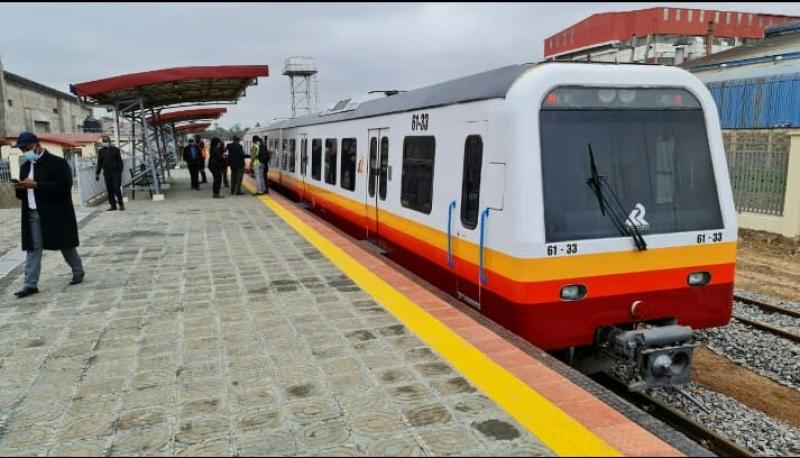×
The Standard e-Paper
Read Offline Anywhere

Nairobi Railway City has been classified as a strategic national project in line with Physical Planning Act and the Ministry of Lands.
The Sh32 billion project is aimed at revamping rail services in the capital and modernising infrastructure around it to improve connectivity in the Nairobi Metropolitan area.